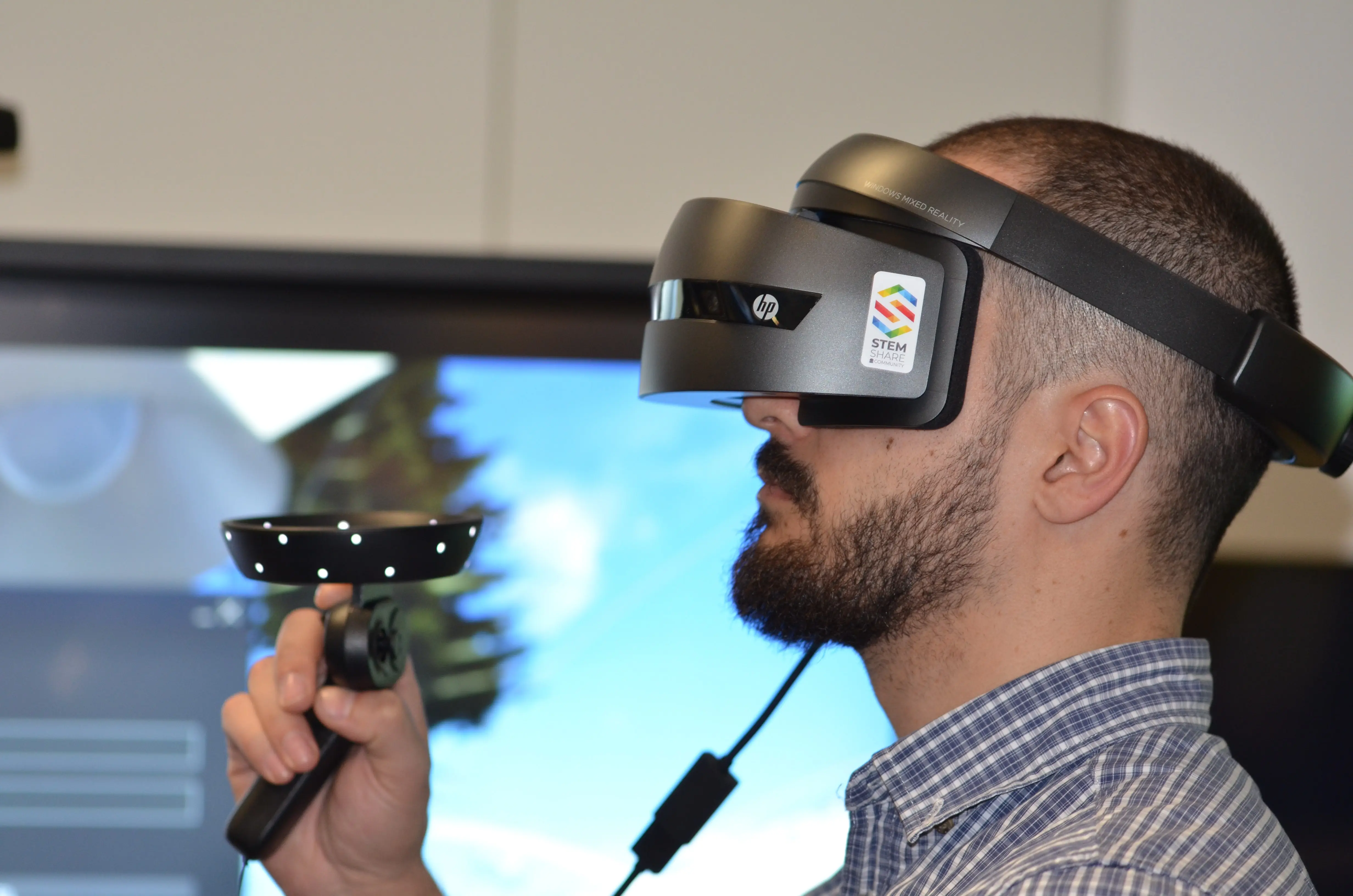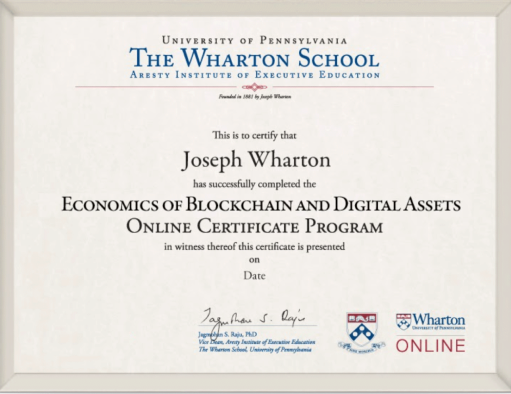
The metaverse has created fertile ground for people to socialize, collaborate, and work together over the past couple of years. Already, some of the biggest companies like Microsoft are creating metaverse business suite tools to help bring remote teams together. During the COVID pandemic, video conferencing became the rule rather than the exception. Even after the brunt of the pandemic has passed, many companies are opting for maintaining remote teams and, consequently, remote meetings. As a result, many are turning towards different, more immersive technologies to help bring those teams together.
In the late 90s and early 2000s, cellphone technology and conference-calling technology became ubiquitous across enterprises. This adoption allowed professionals to stay in touch regardless of where they were in the world. As time and technology progressed, computers and smartphones started appearing with front-facing cameras. Along with better web connectivity, these advancements allowed for video calls with loved ones and video conferencing for work.
Despite the fact that we could now see each other, communication was not necessarily streamlined or improved. The blue-light screen that showed coworkers felt sterile, and the interaction was anything but human. Eye contact was problematic; mute buttons were pressed (or not pressed) at the most inconvenient times. Candid backgrounds brought the mess of home life into the polished professional world, and video-conferencing fatigue ensued in short order. The metaverse, to the joy of many, promises to fix these inconveniences that make modern video calls such drudgery.
There is no widely accepted definition of the metaverse, but generally it is defined as a digital environment where individuals can interact with each other and the environment in a free-flowing manner. It is somewhat like a digital representation of the real world and frequently exists as a digital overlay on top of the real world. Because several people can meet in the same environment simultaneously, it is perfect for business meetings where collaboration is necessary.
One of the big players in this area is Microsoft, which created “Mesh.” This technology uses virtual reality to create a digital meeting space where people can see each other, make eye contact, and interact. This improvement is leaps and bounds better than a traditional video-conferencing environment.
The metaverse is proving to be incredibly useful to different companies in marketing, HR, and other areas. However, metaverse conferencing is especially helpful to companies in three main ways.
Metaverse meetings have the same ease that regular video conferencing has. Gathering a meeting is as simple as having each invitee turn the headset on and log on to the metaverse. As an improvement to regular video calls, metaverse meetings are much more engaging than traditional video conferencing.
Finally, using metaverse meetings is a new and novel experience. This feeling will surely wear off to a certain degree. However, the metaverse allows users to change the environment around them and introduce a new level of novelty that is impossible on other video conferencing platforms. One minute a team could meet on the top floor of an office building in New York, and the next, they could be on the moon or some other exotic environment. This ability to meet in different environments will help keep the novelty alive and reduce any future meeting fatigue.
Currently, most of the platforms that offer metaverse meetings do so through the use of virtual reality. Virtual reality is the complete immersion into a different environment with the use of a specialized headset. Augmented reality, on the other hand, will likely become more widely available and widely used as the technology and hardware mature. However, for now, the most convenient and realistic way to do metaverse meetings is in a virtual reality context.
The metaverse combines the locational convenience of video conferencing while maintaining all of the advantages of in-person meetings.
First, VR meetings allow for direct collaboration and communication between individuals in an immersive setting. People from across the globe can interact with each other and seamlessly exchange ideas to help advance a project.
Offices can only hold so many chairs, and a whiteboard can only hold so many notes. However, in a metaverse meeting, the best of the digital and physical worlds are combined. A 10,000-employee company could have an all-hands-on-deck meeting with everyone in attendance in the same room and with unlimited note space.
A genuine sense of others’ presence was put on the back burner in most video conferencing software. It turns out that some of the most essential micro-expressions and micro-cues can be missed when the other person cannot be observed. Interacting with another person as if he or she were in the room is a fantastic benefit to help build trust, relationships, and camaraderie among co-workers and partners in business.
Finally, expressing different ideas in the metaverse is much more effective than in traditional video conferencing. Anyone who has tried drawing something on a piece of paper and then holding it up for someone to see during a Zoom meeting knows how frustrating expressing ideas can be. In metaverse meetings, attendees will be able to draw or express their intentions and ideas for everyone to see plainly.
Metaverse technology is promising a drastic improvement on traditional video conferencing technology. A more dynamic and expressive environment will not only contribute to less fatigue among attendees but also create more fertile ground for employees to develop relationships and collaborate.
The first steps to entering the metaverse as a business can be daunting and complex, which is why the Wharton School developed the Business in the Metaverse Economy program. The course covers case studies from finance, retail, advertising, entertainment, and other sectors to help students gain a deep understanding of the potential in the metaverse. In addition, participants will learn about the current state of the metaverse, active builders, and the economic and technological factors that will drive future development. For more information or to enroll in the metaverse program, visit our information page.
This article is for marketing purposes only and does not intend to represent the opinions of the program.


